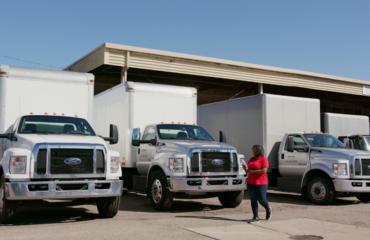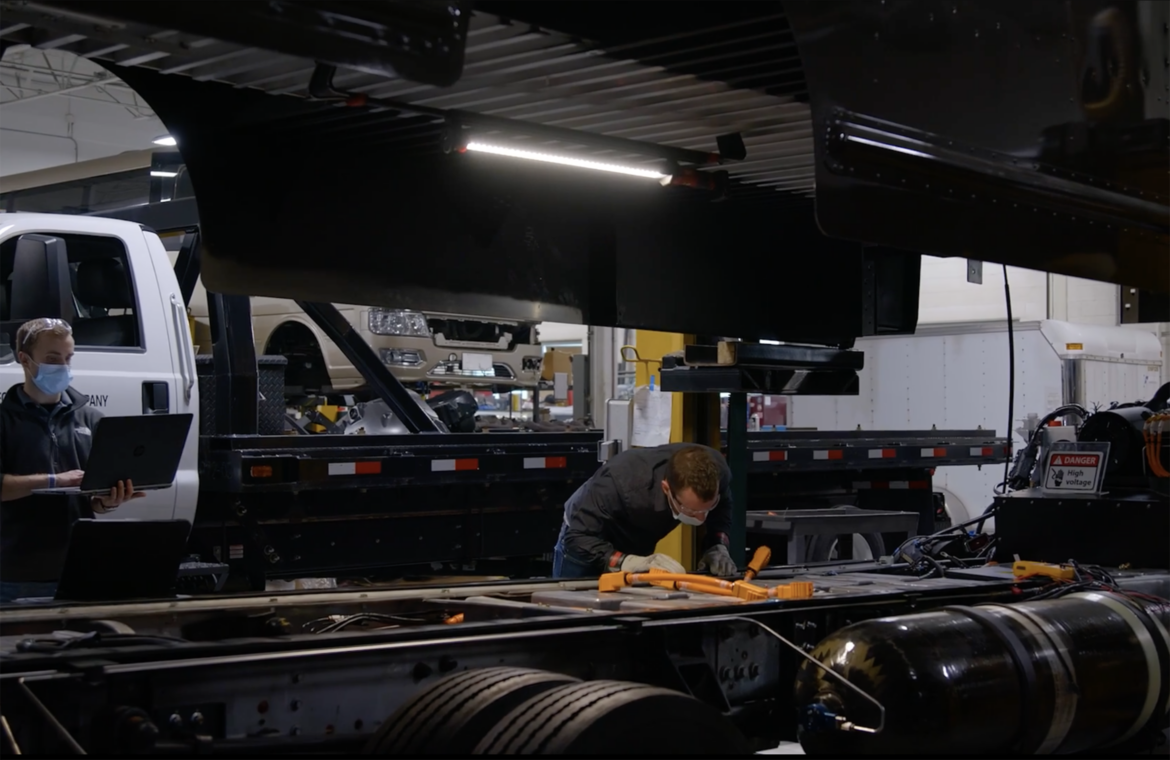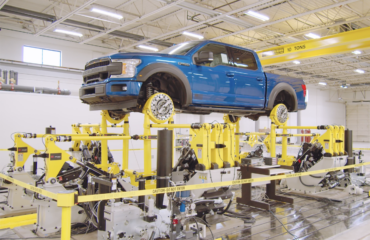 Driving Sustainability: How Roush is Simplifying the Journey to Clean Mobility
Driving Sustainability: How Roush is Simplifying the Journey to Clean Mobility
What’s the Tipping Point for eMobility Adoption?
Topics:

A key differentiator for Roush is that we have a unique insight into our customers’ product development needs because we also develop products. Like our own customers, we are acutely aware of market trends, attuned to our customers’ needs, constantly exploring emerging technologies, and focused on quickly launching innovative, reliable products. A great example is the Roush CleanTech line of products engineered by Roush for the fleet vehicle market. And like our customers across the mobility landscape, Roush CleanTech is investing in e-mobility solutions.
The tipping point for fleet operators to make significant moves into e-mobility will be caused by a few different factors over the next several years. While it won’t be an overnight shift, the transportation industry is certainly realizing that the momentum behind electrification is increasing dramatically, and significant changes to how we move goods and people are coming.
In March 2021, the California Air Resources Board passed its Advanced Clean Truck regulation. This regulation will lower nitrogen oxides (NOx) standards by 75% in 2024 and 90% in 2027 and mandate the purchase of zero emission trucks in California starting in 2024. The Environmental Protection Agency is working on its own round of new regulations in the form of the Cleaner Trucks Initiative, which also places lower limits on tailpipe emissions.
Both of the regulatory actions will change the way that engines are currently tested for regulatory compliance. Diesel engines have shown to exceed current emission standards under heavy loads and during low speed high idle duty cycles. Both CARB and EPA regulations will test engines for compliance under these conditions.
Another factor will be reduced cost of batteries. Battery costs are dropping dramatically as supply chains mature, efficiencies are realized, and demand increases. According to an Energy & Environmental Science report, the per kilowatt hour price of a lithium battery has dropped 98% over the past three decades, and will soon be on par with combustion engine prices. The average price near the end of 2021 sits at $140 per kilowatt hour. Industry experts have pointed to $100 per kilowatt hour as the price point at which electric and combustion engines powertrains will equalize from a cost standpoint.
Plus, battery technology is evolving rapidly. A major breakthrough in solid state battery technology could drive the price per kilowatt hour well below the $100 mark. Unique partnerships, like the one between clean mobility leader Roush CleanTech and battery manufacturer Proterra, put companies in a position to take advantage of technology developments and economies of scale.
A final factor in driving the tipping point is public climate change awareness, which is growing louder every year. Consumers are demanding that their favorite brands and elected officials take an aggressive stance in the fight against climate change and improve air quality in disadvantaged communities.
Across the mobility space, customers are committed to embracing e-mobility solutions to achieve their sustainability goals. For fleet vehicle customers, Roush CleanTech is committed to getting them there faster.
Related Blog Posts
 Driving Sustainability: How Roush is Simplifying the Journey to Clean Mobility
Driving Sustainability: How Roush is Simplifying the Journey to Clean Mobility
 Increasing Quality by Reducing NVH
Increasing Quality by Reducing NVH
 Tackling a Startup’s Challenges With Solutions That Are “Just Right”
Tackling a Startup’s Challenges With Solutions That Are “Just Right”